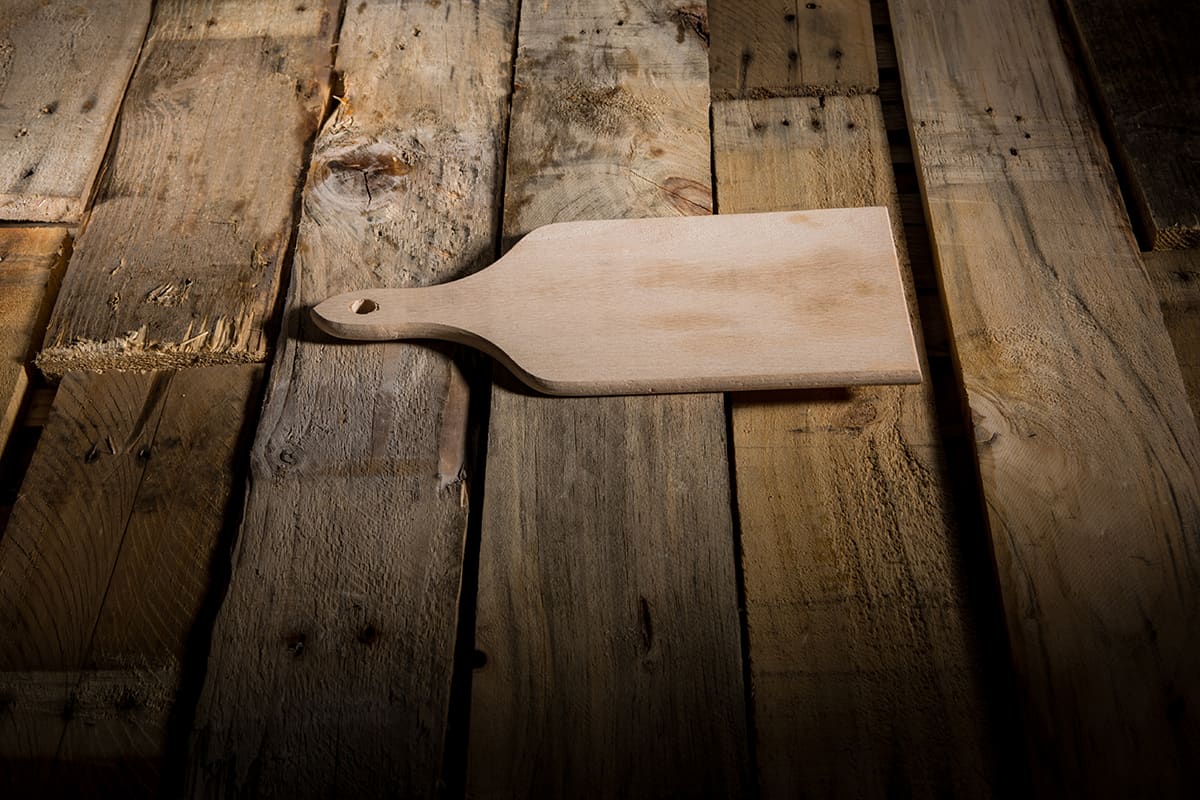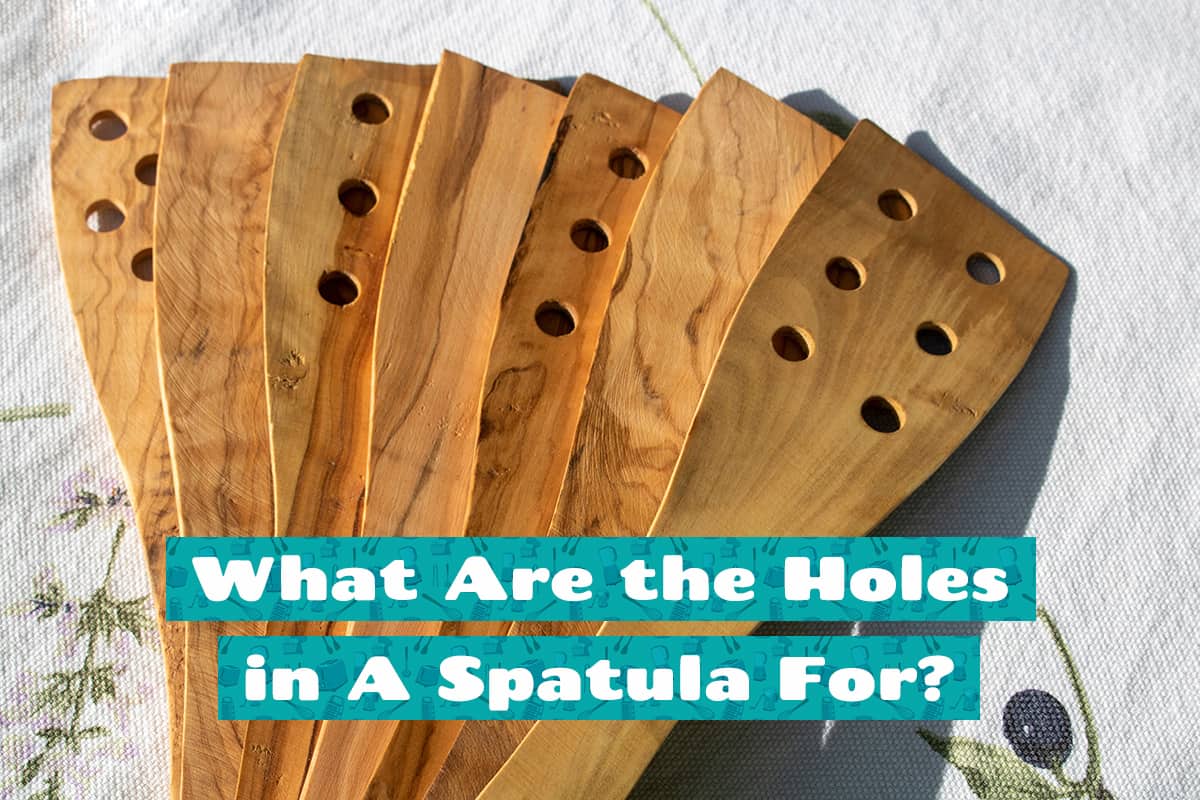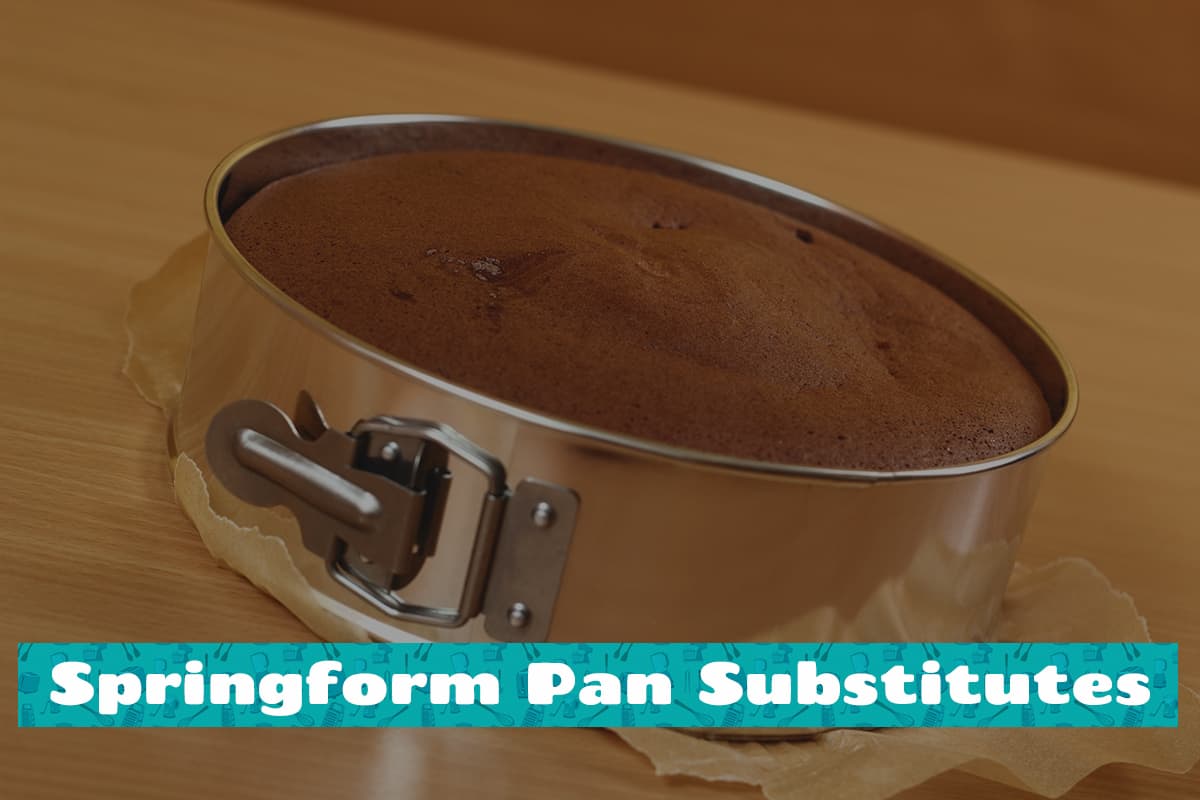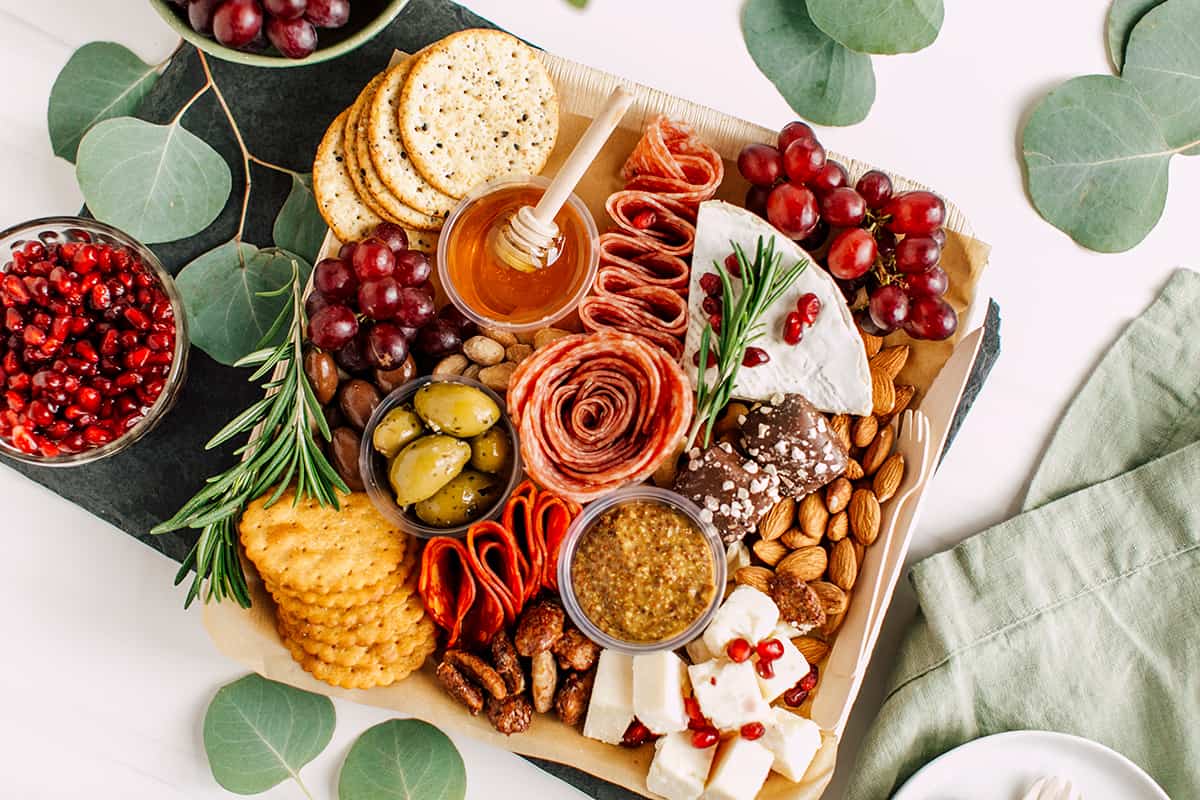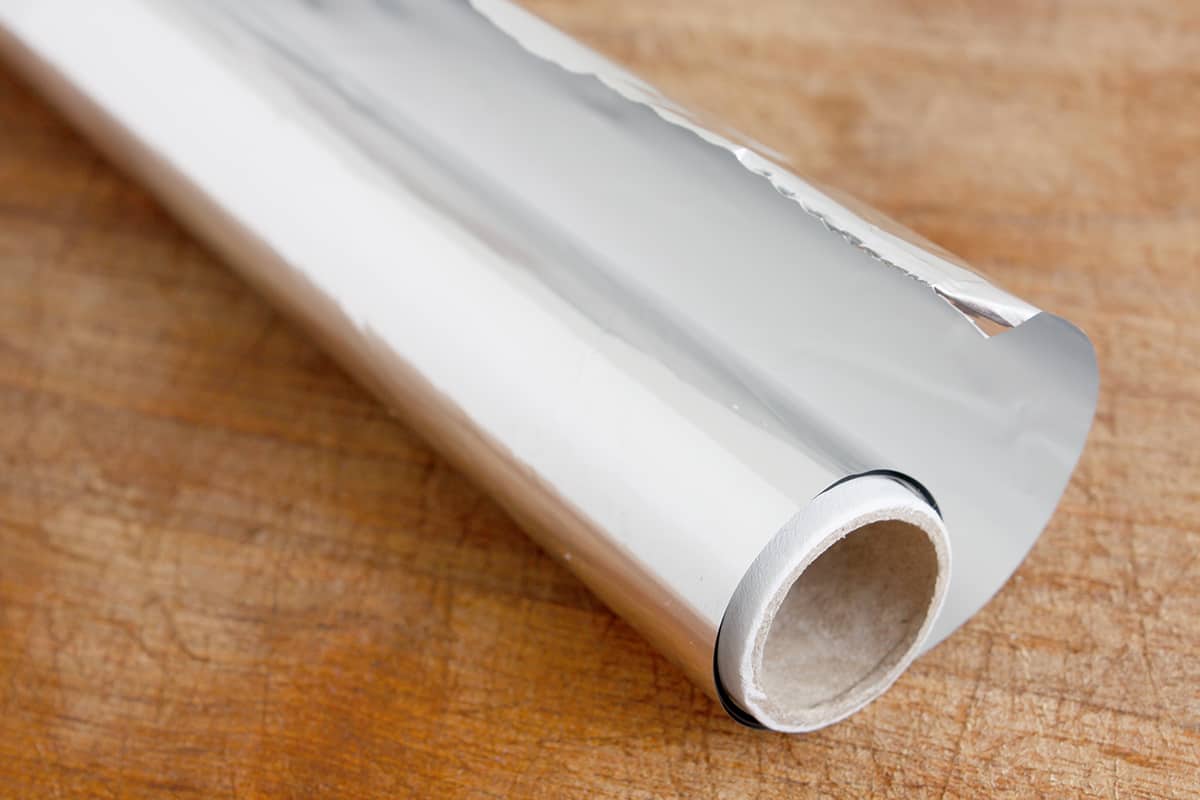Charcuterie boards were historically used for serving cold cuts of meat, but the modern charcuterie board has diversified and you can expect to find a range of nibbles laid out on one of these platters. Cheeses, meats, and fruits are popular choices for serving on a charcuterie board, and these will often include foods that leave behind a stain, such as strawberries, cherries, or pickled and sliced beetroot.
To remove stains from your charcuterie board, baking soda will be your best friend. This store cupboard staple can remove both stains and odors, and can be paired with lemon juice or vinegar for more persistent problems.
Here we explore the best ways to remove stains from a charcuterie board, and how to keep your board in its best condition.
Charcuterie Board Stain Removal
Charcuterie boards are traditionally made from wood, which is an absorbent natural material that unfortunately can cling to food residue and cause stains. Anyone who has owned a wooden chopping board will know that the key to stain removal is actually prevention.
If you can prevent the food from sitting on the board for too long, you prevent the opportunity for that stain to set in. In terms of a chopping board, this typically means wiping the board clean right after chopping strawberries so that you don’t get a red stain.
However, it’s not so easy with a charcuterie board, because they are intended to be left on the table so that people can help themselves, or pick at food throughout the evening. This will obviously result in some dried stains which seep deeper into the fibers of the wooden charcuterie board because they have been allowed to sit for an extended period of time.
Clean away food remnants
If at all possible, remove food remnants that are likely to cause a stain as quickly as you can, and if you spot a stain on a charcuterie board then it’s a good idea to treat it as soon as possible.
Regardless of the type of stain on your charcuterie board, you need to wipe away any crumbs or leftover slivers of food before you can properly clean it. Do this with a wet cloth, or rinse it under running water and dry it afterward. Don’t leave a wooden charcuterie board to soak in warm water as this will cause expansion and warping or cracking.
Baking soda
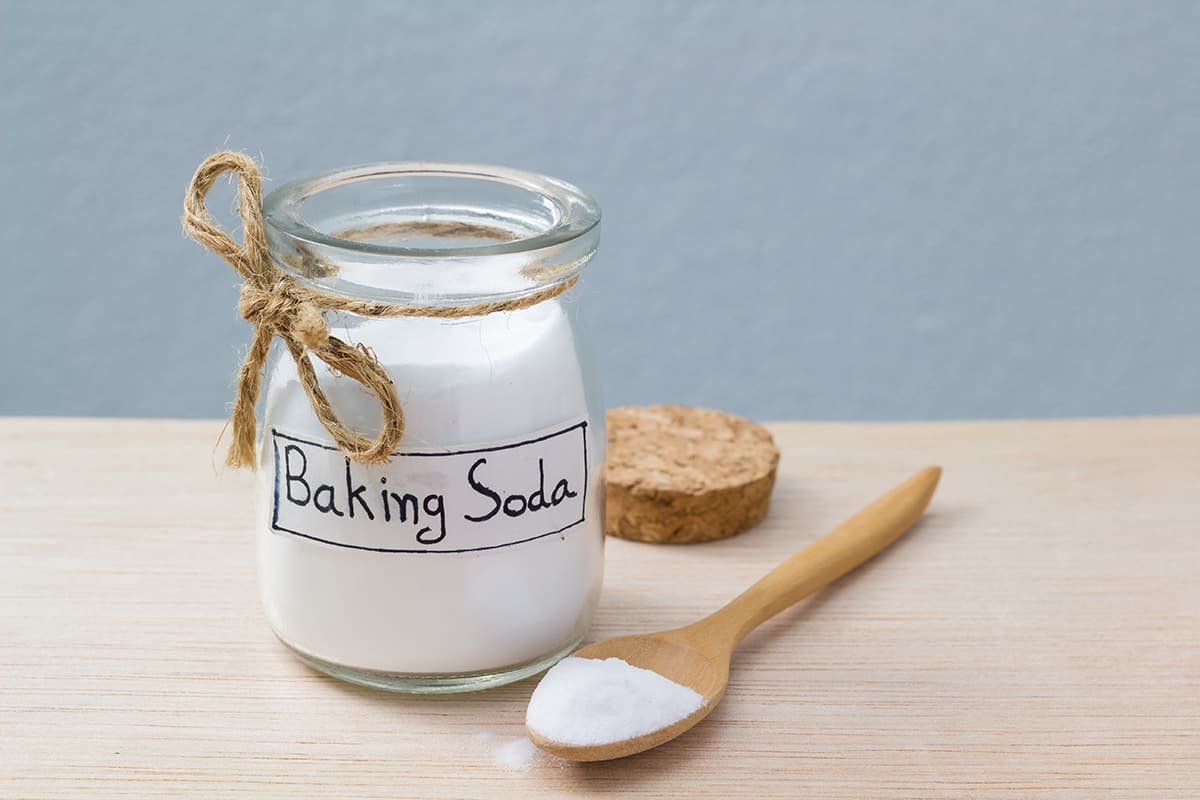
Baking soda can be sprinkled onto stains on a charcuterie board to remove them. The baking soda lifts the stain out of the wood, helping to bring out any color which was causing the stain. You can use a wet sponge to scrub the baking soda into the board, and then wipe it all away afterward with a wet cloth or running water, and dry immediately.
Baking soda and lemon
Stubborn stains that need a little more encouragement to come out can be treated with baking soda and lemon. Sprinkle baking soda over the charcuterie board and leave it for a few minutes, before scrubbing it with the cut side of half a lemon.
Squeeze the lemon as you scrub to release more of the juices, allowing them to mix with the baking soda. The acid in the lemon juice helps to weaken the stains, and it neutralizes the alkalinity of the baking soda for added cleaning power.
Baking soda and vinegar
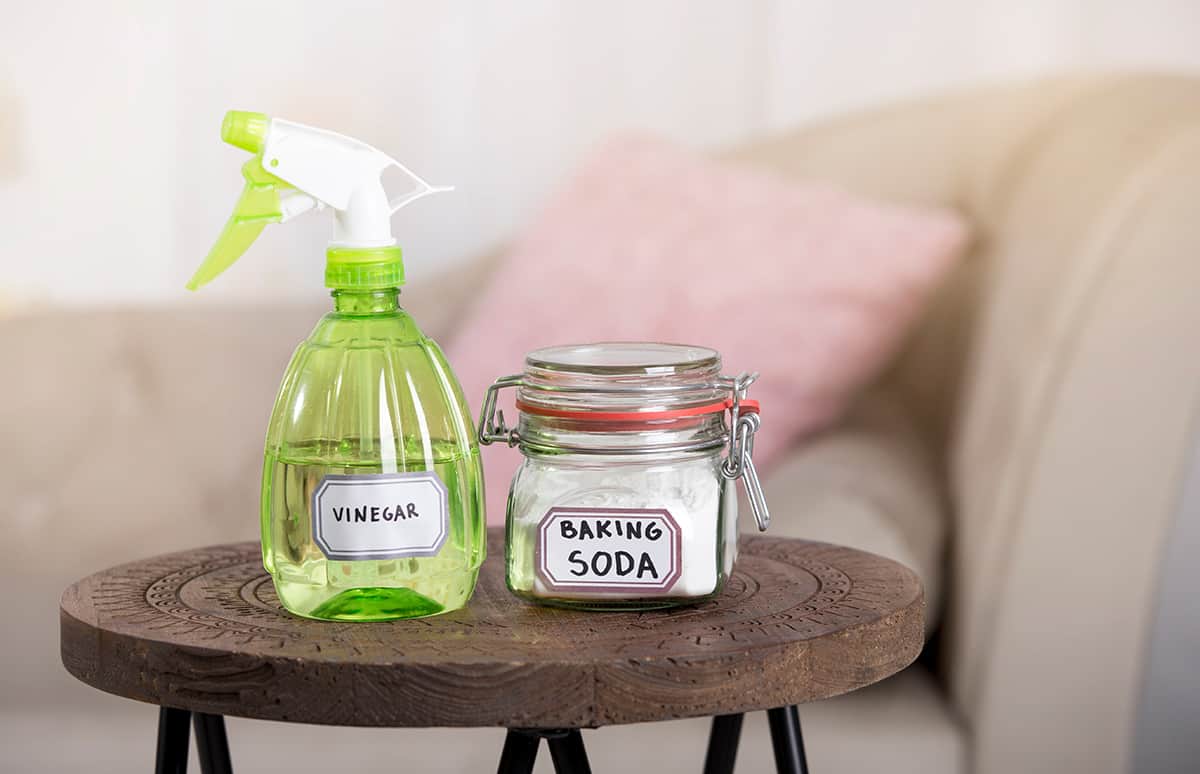
Persistent stains can be tackled with baking soda and vinegar, which is another natural cleaning combination. Sprinkle your charcuterie board with baking soda and then spray it with distilled white vinegar. The mixture will fizz and bubble for a few minutes, and you can wait while it does its thing.
Once the fizzing has settled, scrub the concoction with a scrubbing brush, and wash it all away with water. The stains should have disappeared, as if by magic, and you can dry your board. Vinegar is a disinfectant so this method can eradicate stains while also removing any germs and bacteria from the surface of the charcuterie board.
Salt and lemon
If the stains on your charcuterie board seem to be more than surface stains, you can use salt and lemon as an occasional exfoliant. Sprinkle some large-grained salt on your board, such as kosher salt or sea salt, and then work this into the charcuterie board with the cut side of half a lemon. This should help to release any stains from the fibers of the wood.
Charcuterie Board Odor Removal
Stains are not the only thing you need to consider when cleaning your charcuterie board. Odors and flavors can also cling to wooden boards, which can actually impact the taste of the food you serve in the future. This is particularly the case with any strongly scented foods such as onions and blue cheese.
To remove odors from a charcuterie board, the best cleaning methods are those which utilize baking soda. This is because baking soda does not only have stain-lifting powers, but it also helps to lift and neutralize odors.
Caring for a Charcuterie Board
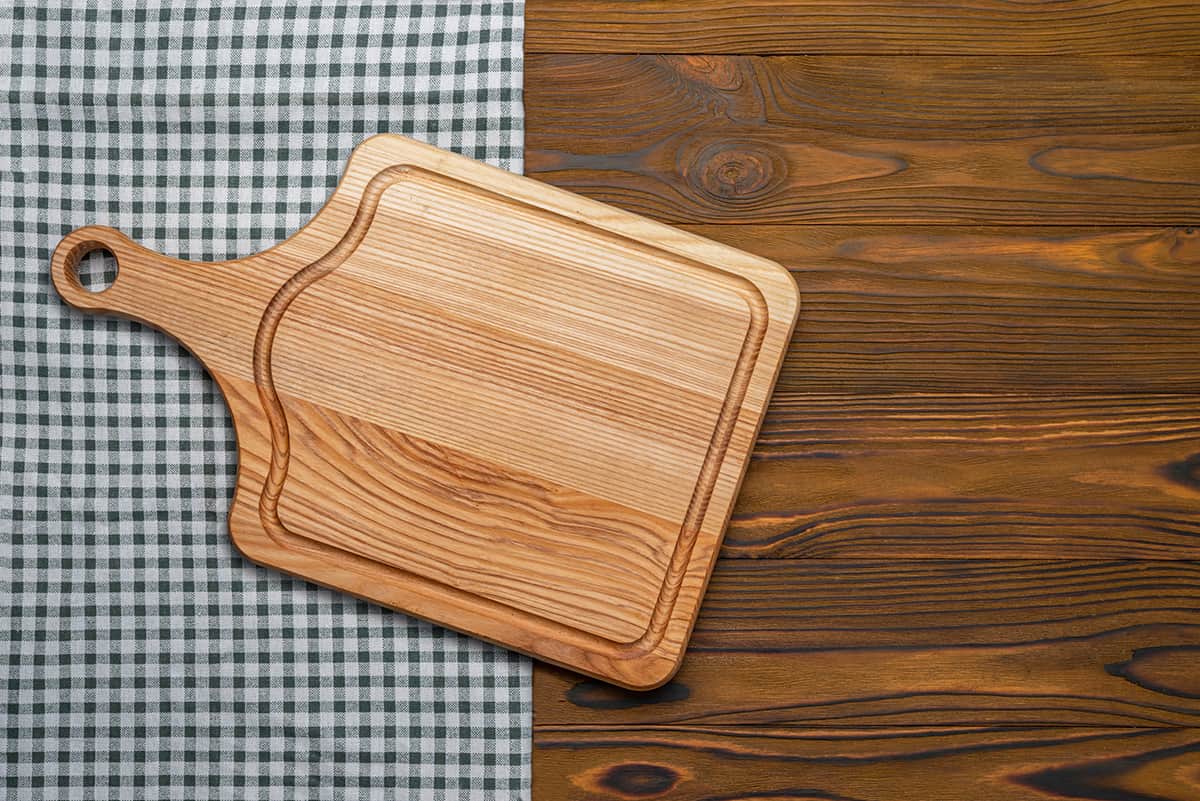
Maintaining a wooden charcuterie board will keep it in good condition and help it to last longer. Follow these tips to care for your charcuterie board.
Limit moisture
It goes without saying that wood and water are not a good combination. When left to soak in water, your wooden charcuterie board can swell and warp, and this often leads to cracking. A wooden charcuterie board should never be put in the dishwasher, or left in a sink full of water.
Dry standing up
After cleaning, always dry your charcuterie board by hand with a towel so that it is dry to the touch. There will still be moisture in the top layers of the wood, and this needs exposure to air to properly air dry. Set the board in a drying rack in an upright position to air dry. If you let it dry laying flat on the countertop, the moisture will get trapped and can cause warping.
Condition with oil
Condition your charcuterie board with oil when it starts to feel dry or rough. Avoid food-based oils such as olive oil, and instead use an oil designed for wood, such as linseed oil or Danish oil. This will fill any minor cracks in the oils and help it to repel moisture while enhancing the color and grain of the wood.
Stain-Free Charcuterie Boards
If stained charcuterie boards are a problem you don’t want to deal with, you can buy boards made from materials that won’t stain. Since wood is porous, stains seep into the top layers of the wood and can be hard to remove. Marble and plastic charcuterie boards are also porous and can get stained by strong-colored foods.
If you want to be sure that your charcuterie boards aren’t going to stain, you need a non-porous material. Glass is the best option in this case because it is completely waterproof and non-porous.
A glass charcuterie board can have a sleek and modern look, compared with the more rustic look of a wooden board. Glass charcuterie boards can be cleaned with soapy water and a scrubbing brush, and they can also be put through the dishwasher.
